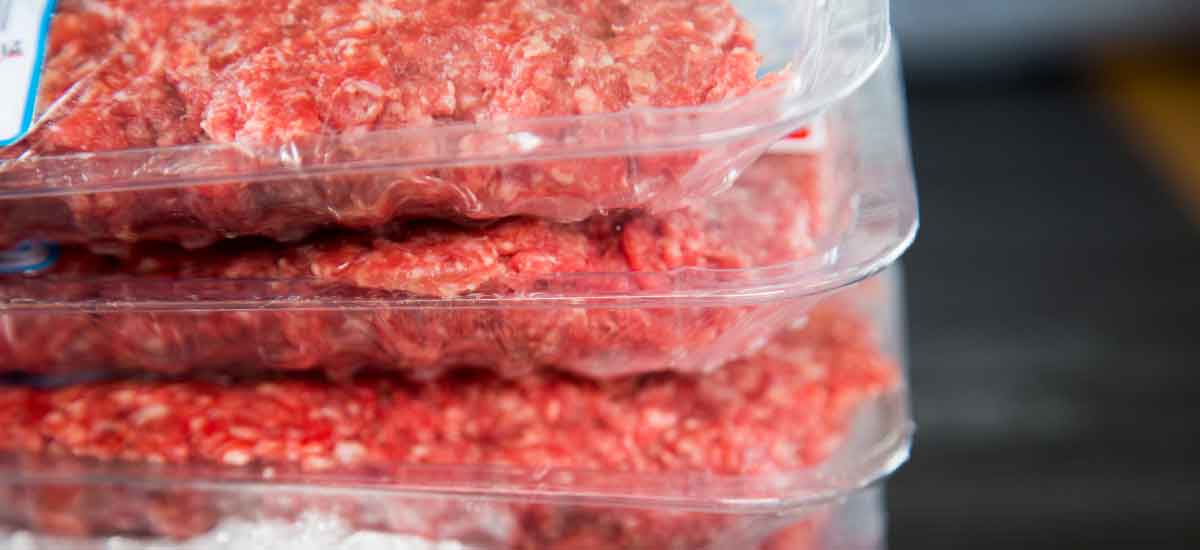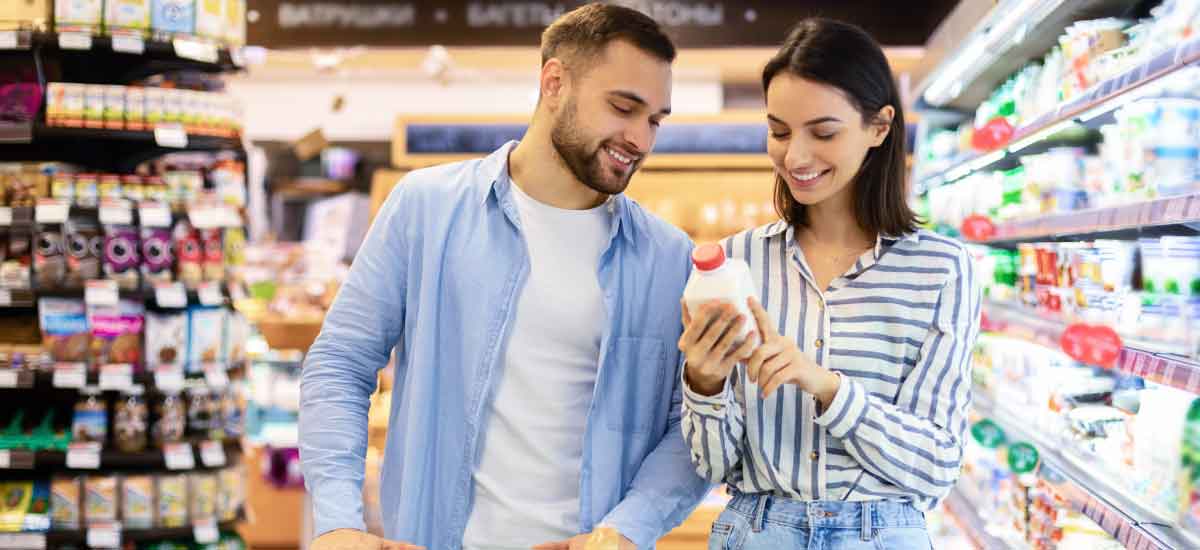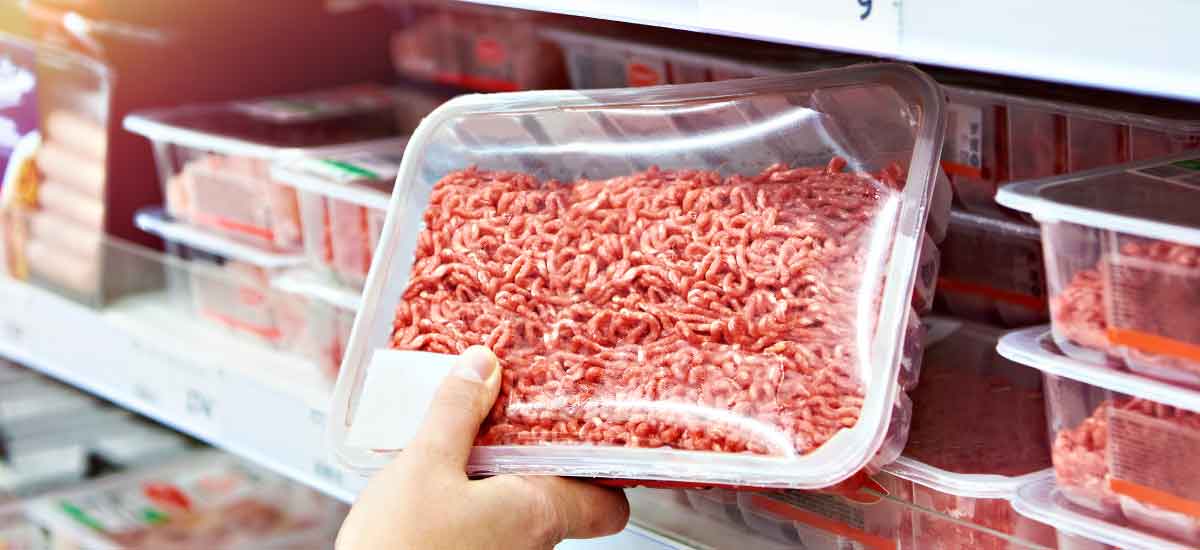
Are consumers looking for responsible packaging?
Recyclable, sustainable, environmentally friendly. These are the buzzwords currently dominating the food packaging industry. But are these new concepts just company platitudes or are they really what the average consumer wants from their food packaging?
The answer is yes. Consumers are becoming steadily more concerned with, and expectant of, environmentally friendly packaging. In fact, according to Trivium Packaging’s 2021 Global Buying Green Report, roughly 67% of consumers surveyed worldwide consider it important that products they buy are in environmentally friendly packaging.
More than half (54%) consider sustainable packaging when selecting a product. Younger consumers — those 44 years and younger — are leading the charge, with 83% reporting that they are willing to pay more for environmentally conscious packaging.
These are impressive statistics and represent a radical alteration in the average consumer’s thinking, even from as recently as a decade ago. Sustainability is now an important purchasing consideration to a majority of end users.

Other Purchasing Influences:
However, for most customers, recyclability, while important, is not the most crucial point in deciding what to buy.
Customers want sustainability, but they want it without having to compromise on things like food safety, convenience, quality, or value for money, all of which rank higher on the average customer’s list of priorities. This is fair enough, if you must compromise your food packaging quality for the sake of sustainability then it is not worth it – for either the manufacturer or end user.
One telling statistic from the survey supports this idea. It showed the impact of COVID 19 has lowered the importance one out of three place on sustainable packaging, as other buying considerations take precedence – particularly safety and value for money.
So, the average customer’s interest in sustainable packaging is definitely increasing and should continue to do so, but there are still more essential needs and wants that will often outweigh this factor.

Stumbling Blocks:
If customers are coming to expect and search out responsible packaging options, why haven’t we made more progress in our transition to these materials?
Most of the blame must be placed on the level of misinformation and poor communication in the sustainability space. For the average consumer, with no industry knowledge of packaging it can be nearly impossible to tell what packaging is actually responsible. There are many companies who throw out buzzwords like ‘recyclable’ or ‘biodegradable’ without giving sufficient explanation of their offering or providing evidence to back up their claims.
For instance, the average consumer may not understand the vast gulf between a product being certified as ‘home compostable’ or industrially compostable’, and what a difference this can make to their actual level of sustainability. Many companies capitalise on customer blind spots such as this.
This lack of transparency results in this vast disconnect between a customer’s perception of sustainability and the reality. For instance, the 2021 Global Buying Green Report showed that consumers believed about 41% of plastic was recycled globally. The actual value is closer to 14%.
It is not surprising that consumers are confused. There are over 450 environmental labels currently in use in 199 countries and 25 industry sectors. Is it any wonder consumers often misunderstand, overlook, and potentially even mistrust the sustainability credentials of ecofriendly products? As an example – 38% of the survey respondents stated that they have “no idea” which recycling numbers printed on packaging are associated with easier recyclability.
If a consumer rushes to the shops to pick up a few items for dinner, is it reasonable to expect them to spend minutes agonising over the complex labelling of each package, painstakingly trying to determine its sustainability?
Furthermore, even if a packaging material is recyclable, that provides the consumer with no guarantee it will, in fact, be recycled. In Australia, our recycling infrastructure is very inadequate, so it is more than likely that a lot of the material you place in your recycling bin still ends up in landfill.
To get any flexible plastic packaging recycled, the customer must return it to a bin at their local grocery store. Not only are many unaware of this requirement, but it also places a lot of the responsibility on the end user.

What should we do?
In Australia the 2025 targets were create in response to growing public sentiment and require all packaging to be sustainable by 2025. But what does the right packaging to meet this goal look like for our customers? What do they want?
Certainly not a gimmick product, or a token attempt at sustainability that achieves next-to-nothing in practice.
It should be food packaging that does not compromise on quality, safety, or value. Most of all, it should make being responsible and managing their environmental impact easy for the consumer, with transparency in labeling, marketing, and design.
Equipping the food industry to grow with food processing and packaging solutions
call 1300 88 99 51
email [email protected]
room 35 Shirley Way, Epping VIC 3076
room 9 Mcilwraith St, Wetherill Park NSW 2164
room 21 Hoyle Rd, Hope Valley WA 6165
room 27 Beal Street, Meadowbrook QLD 4131
room 7 Chadderton Bvd, Epping VIC 3076
room 22 Glassford Rd, Kewdale WA 6105
room 25 Hayton Road, Wigram, Christchurch 8042, NZ
Connect with us on LinkedIn
